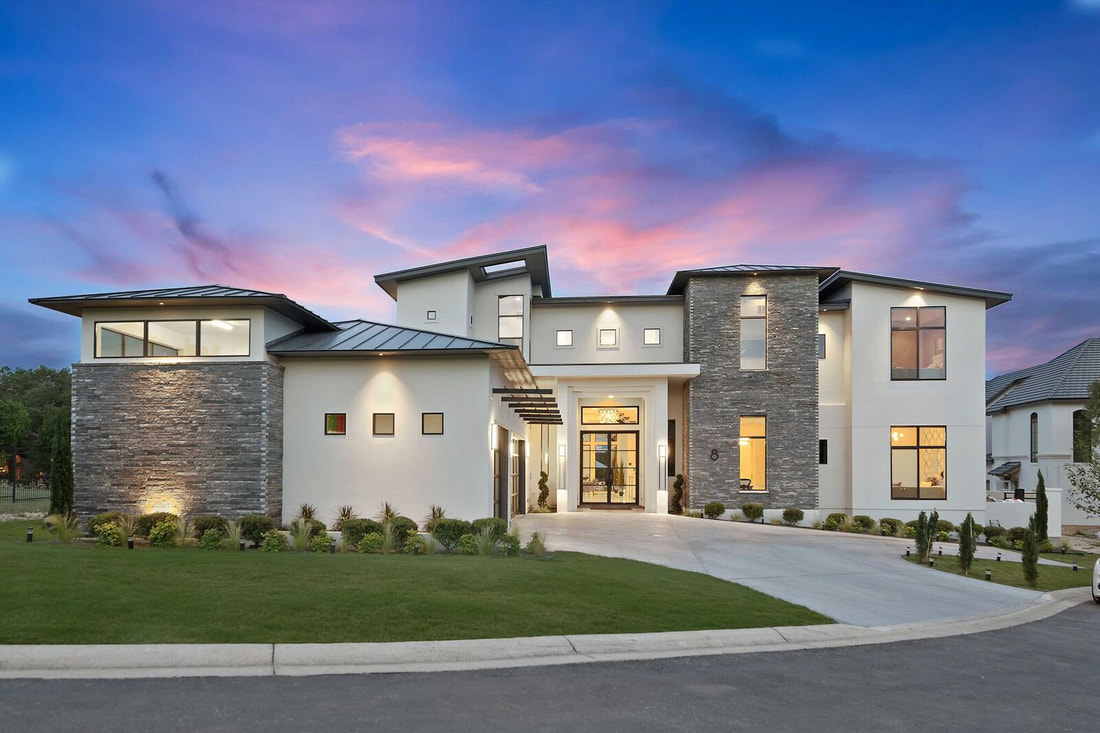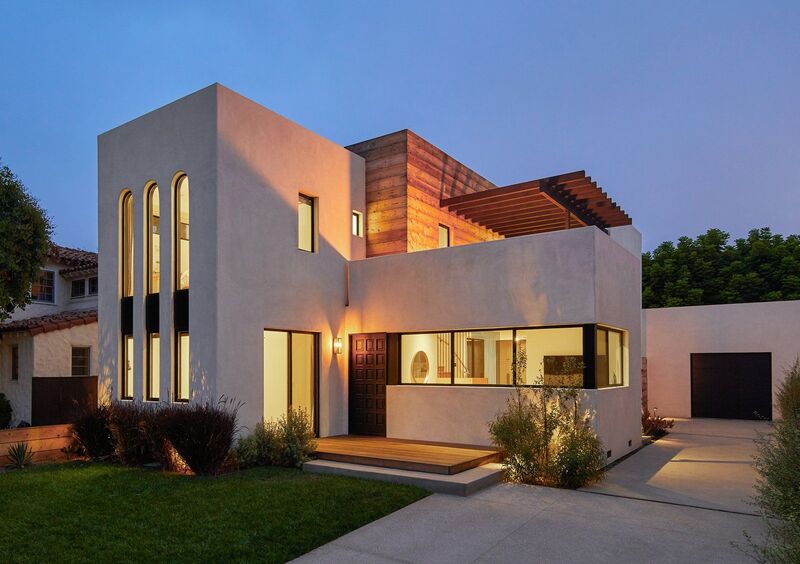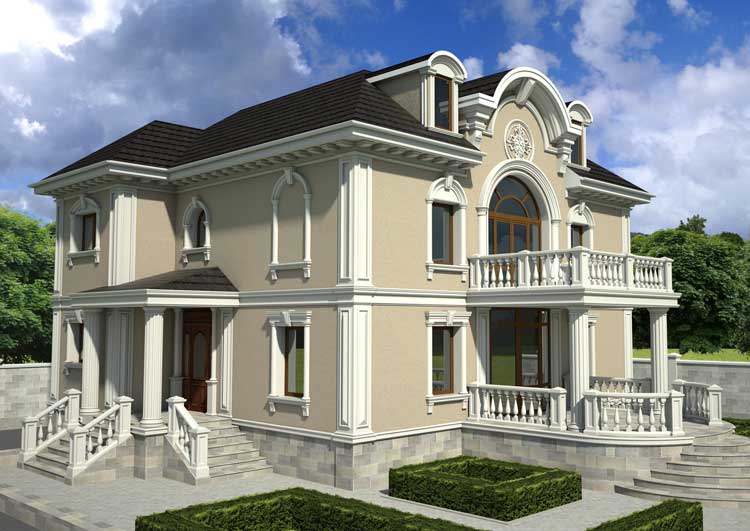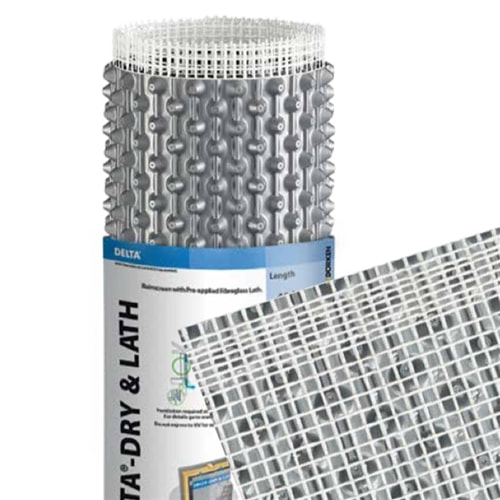Moisture Protection for Stucco, Manufactured Stone and Stone Veneer Exterior Cladding—BYHYU 2326/9/2021 If you’re considering building a house with exterior cladding made of stucco and/or manufactured stone or thin natural stone veneer, this post/episode is for you. This week we’ll talk about the moisture control challenges that we can run into with stone veneer, manufactured stone and stucco cladding. Peter Barrett is our guest. He is the Product and Marketing Manager at Dorken Systems. Dorken specializes in high-performance air and moisture barriers used to protect residential and commercial projects. Peter and I will delve into how we can help alleviate the moisture problems that are often seen today with stucco and manufactured stone. Peter is a great teacher, so let’s get right into the interview. Here's a synopsis of the interview: Michelle: Tell us about Dorken and what you do there. Peter: I am the Product and Marketing Manager with Dorken Systems Inc., part of a family held company based in Germany that’s been in existence for 125 years. We have a long history of being in the construction business. We make permeable, yet water-tight membranes for roofing and walls and high density polyethylene or polypropylene dimple sheets for drainage and damp proofing. And we're probably most widely known for our Delta MS Foundation Protection system, which is used on residential projects. Michelle: What we wanted to talk about today is stucco cladding and some the failures and challenges we sometimes have with stucco. Let start with why stucco is such a popular cladding option for homeowners and builders these days, despite its challenges. Peter: Stucco is a great cladding that they have been using for 1000 years or so and when installed properly it’s very durable and it looks great. So anything that I say today isn’t because stucco is a bad cladding. Stucco is a great cladding. It functions very similarly to adhered/manufactured stone (and stone veneer). All the physical properties that we will discuss on stucco will equally apply to manufactured/adhered stone. Stucco is great for a modern/contemporary look because it can look very smooth, sleek and minimalistic. Or conversely, you can make your house look like it’s straight off the streets of Elizabethan England, if you would like. So stucco is extremely versatile and can make a great-looking building. What we’ll be talking about today is traditional 3 coat stucco, not EIFS (Exterior Insulation and Finish System). Michelle: What separates successful stucco installations from those that experience premature failure? And are there any downsides to using stucco? Peter: We expect a lot of stucco failure from inappropriate installations. We are currently seeing stuccos failure most often it in eastern Pennsylvania/greater Philadelphia, Florida and Texas. When using stucco or manufactured stone we need to take into account that they fall into the category of “reservoir claddings." A reservoir cladding is any cladding that will absorb moisture. As water hits it, water will move into the material and the material will hold water. The water doesn’t hurt the stucco itself, though. What the moisture hurts is the stuff/structures around the stucco. Water gets in, makes water-sensitive materials wet, and the water can't get out or dry out. Michelle: What are today’s builders doing in terms of materials and design to protect stucco cladding from rainwater and other elements? Peter: Water/moisture is one of the major issues in structural degradation. Now people may say "my grandfather's house was stucco and it lasted 100 years." Or "I’ve never had problems with this 70 year old stucco building, why am I having problems now (with today's. stucco buildings)?" It's because we’ve changed the way we build. 1. We build a lot with lumber and other moisture sensitive materials today. 2. We’re using more insulation now, so the sun and indoor heat are not as able to dry out the home’s walls. Since we have changed the way we build, we have also changed the way buildings live and manage moisture. ASHRAE (American Society of Heating, Refrigerating and Air-Conditioning Engineers) says that approximately 2% of water that hits the walls will get through the cladding to the other side. Another 2% will get through the wall to the water resistant barrier. Anything wet enough, warm enough and wet for long enough will get moldy. Knowing that things get wet, we want to make them dry. One of the most effective ways of doing that is adding a rainscreen system to the wall. There are a bunch of different ways to form a rainscreen. RAINA, the Rainscreen Association In North America, is an industry association of rainscreen installers and manufactures who are bringing some consistency to the rainscreen industry. Many building codes require some drainage plane behind stucco. A millimeter or two of space allows for some drying, but if you add a larger space, you get drying and ventilation (drying energy). Stucco has been traditionally applied to building paper, then lath, then scratch, brown and finish coats. With this you do get drainage, but not ventilation. So to alleviate the risk of moisture damage we should add an air space to allow for air movement and drying outwards. The faster it drys, the better. Dorken makes a high density polyethylene dimpled membrane with about a 3/8 inch (10.5 mm) space, that allows for drainage and air movement and blocks Michelle: We’ll be using the Delta Dry and Lath product on the Ultimate Idea House. What make this better for builders than say using just a rain screen and a separate lath? Peter: The Delta Dry and Lath product is a dimpled membrane that brings the stucco out about 10.5 mm. It gives a firm substrate to adhere the stucco and/or manufactured or veneer stone. It minimizes fasteners and time needed for installation of stucco and/or manufactured stone. You get the rain screen and the mesh lath all in one step. This does not eliminate the need for a WRB. Michelle: In context of above grade moisture control, what are the one or two things you’d like to see more homebuilders and architects be mindful of? Peter: To remind them how important moisture control is in the walls of a building. I would like to see people flash windows more carefully. And adding water drying ability to the wall (in the form of a rainscreen). If moisture gets in and the water resistant barrier isn’t installed quite right, there will be space for drainage and drying. Should liquid water get into the space, the air gap allows water to drain out. Michelle: Thanks for you advice and insight. Where can people get more information about Dorken and Dorken products? Peter: You can go to Dorken.com. If you click Delta Academy. There are many videos about our products and many straight educational materials and building science concepts. For general educational content, I'd also recommend Buildingscience.com.
0 Comments
Your comment will be posted after it is approved.
Leave a Reply. |





 RSS Feed
RSS Feed